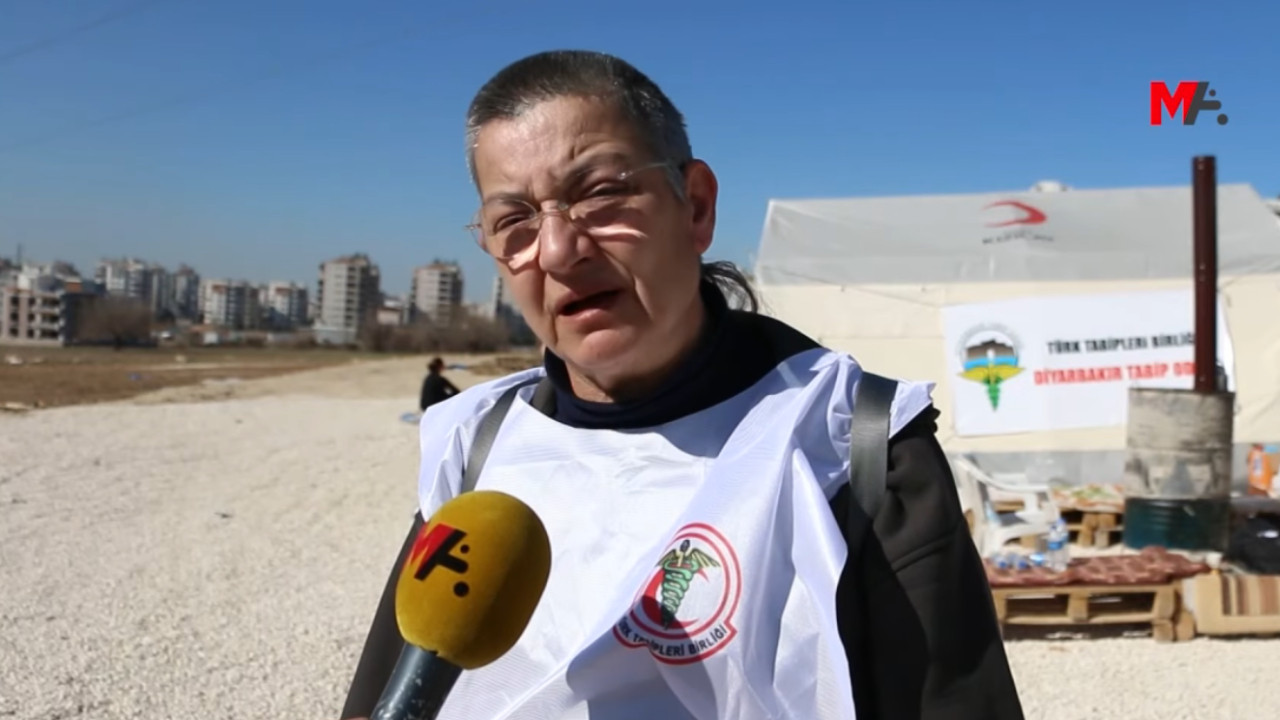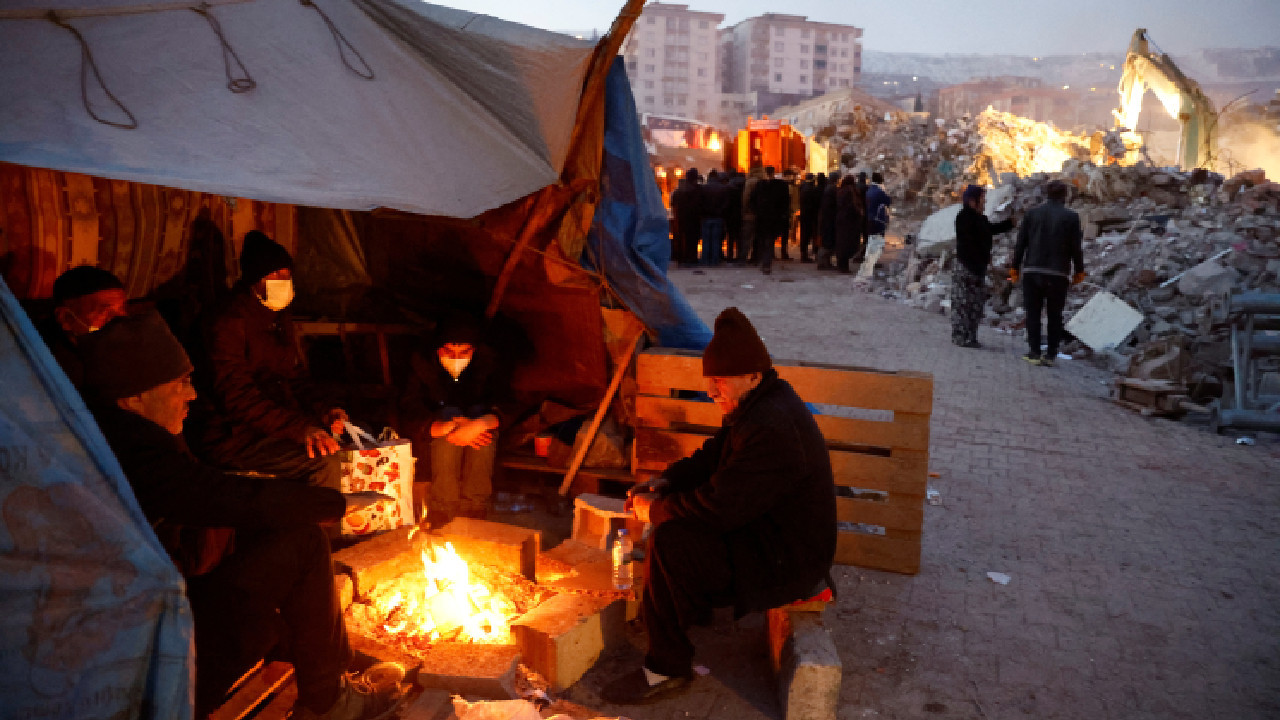Turkish Medical Association warns against cases of scabies and lice in quake zone
The Turkish Medical Association (TTB) said that health services in quake-hit Hatay's Samandağ district are inadequate and that state hospitals are only able to provide service at emergency departments. The association also warned against cases of scabies and lice and called for urgent action.
Hacı Bişkin / Gazete Duvar
Selçuk Çelik, a doctor from the Samandağ Earthquake Commission of the Turkish Medical Association (TTB), has said that scabies and lice cases have increased in Hatay's Samandağ district, one of the places detrimentally affected by the earthquakes that hit the southeastern region on Feb. 6.
"Even in the district center, we come across images of people using the toilet outdoors. This creates a very favorable environment for the spread of other infectious diseases,” Çelik said.
He also stated that preventive health services have collapsed in Samandağ. “Only two family health centers provide vaccinations, and they are very inadequate. Although five days have passed since the ministry sent health workers here to vaccinate, they have not been provided with vaccines, vaccine cabinets, computers to track these vaccines, or internet access.”
Çelik added that the only hospital in the district is Samandağ District State Hospital. Nonetheless, only emergency services operate in the hospital.
In Samandağ, where preventive health services are insufficient, members of the TTB, the Health and Social Service Workers' Union, volunteer health workers, and health workers from abroad continue their work.
Çelik also stated that there are a very serious number of scabies and lice cases in the infirmaries established by volunteer health workers in Samandağ. "It is not possible to treat and eliminate these diseases with medication alone because these are epidemic diseases,” he said.
Eye infections also are very common among earthquake survivors because of the air pollution and dust clouds rising from the rubble. Additionally, most of the collapsed buildings are old and dangerous chemicals such as asbestos were used in the construction of these buildings.
Çelik stated that the impact of asbestos will not be observed immediately, but there will be a rise in cancer cases in the region in the coming years due to non-systemic rubble removal operations that facilitate the spread of asbestos.
According to Çelik, these problems only can be solved with the re-establishment of the institutionalization of health services.
Thousands have been displaced after the deathly earthquakes that hit the southeastern region in February. Most of the survivors have fled the region and those who stayed mostly do not have access to hygienic products and running water.
(English version by Can Bodrumlu)

 There is discrimination in healthcare in quake zone, TTB chair saysHealth
There is discrimination in healthcare in quake zone, TTB chair saysHealth Turkey's Hatay province in crisis after two major quakesDomestic
Turkey's Hatay province in crisis after two major quakesDomestic There is not enough water, food or shrouds in quake-hit provinces of Turkey, journalists reportDomestic
There is not enough water, food or shrouds in quake-hit provinces of Turkey, journalists reportDomestic